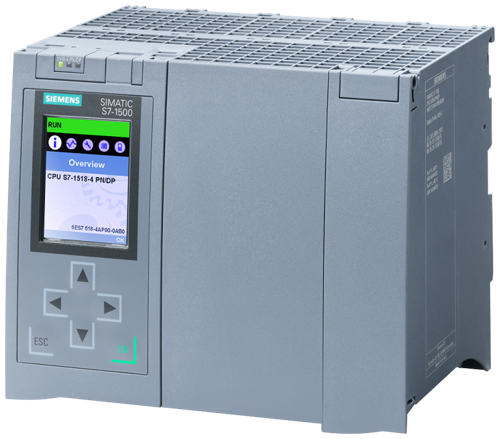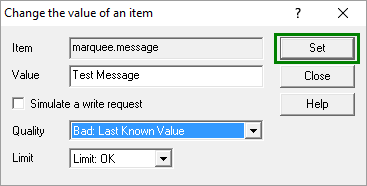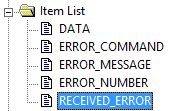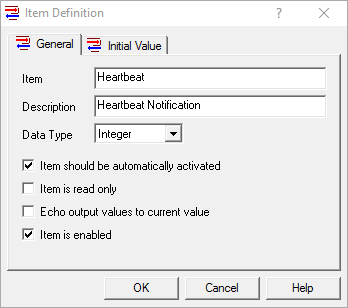In recent years, many of our users have let us know they are adopting the latest Siemens technology, particularly S7-1500 controllers. And, with that adoption of those controllers, users have been asking for connectivity via the symbolic optimized block addressing. So we added a Siemens Plus Suite to enable connectivity to new and legacy Siemens devices.
This post focuses specifically on the general steps required to integrate S7-1500 controllers by connecting to their embedded OPC UA server using TOP Server for AVEVA.










